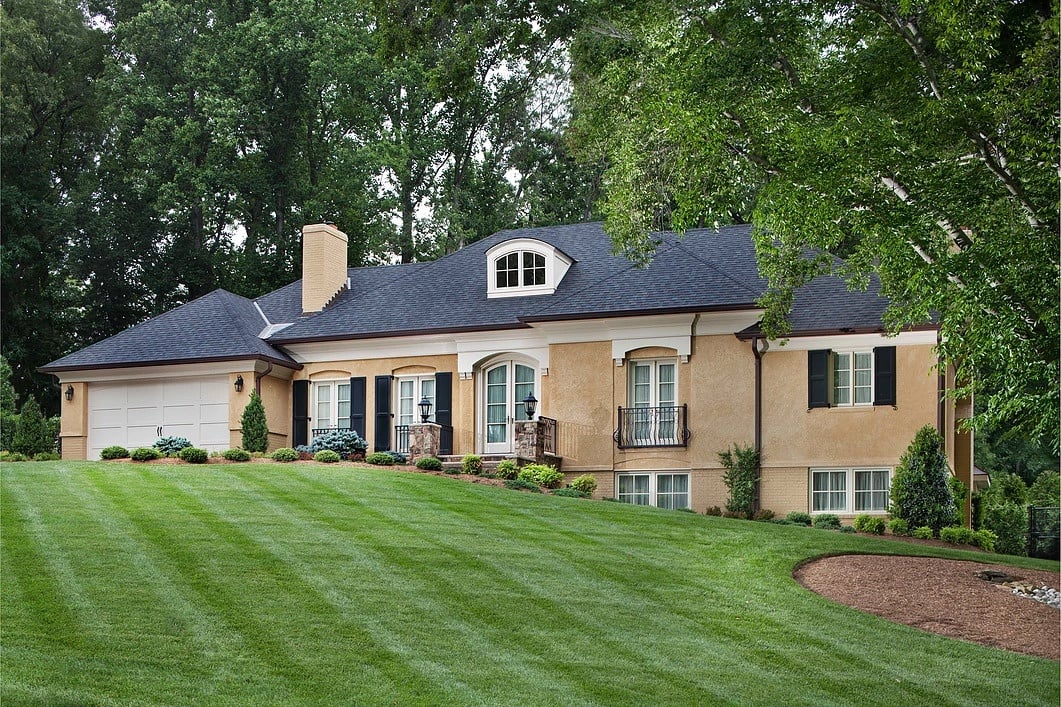
You get up in the morning and head to a bathroom you share with too many other family members – no surprise, someone has beat you to it. The familiar wait begins. You’ve been scribbling notes in your bullet journal and finding ideas online for the addition your home desperately needs, which includes a spacious ensuite bathroom for you and your spouse. Hooray!
But hold on. You know your township in Montgomery County well enough to know you can’t just put up an addition on a whim. There are zoning ordinances to deal with. The shape and size of your lot will determine how big – and even if – an addition is possible. Plus, surface area that is claimed for an addition will need to be accounted for in a rainwater retention plan. There will be tree removal and root disturbance guidelines that need to be followed, and possibly historic district rules to be aware of.
With good planning, these regulations and guidelines can most often be navigated toward the outcome of the beautiful addition your home is crying out for. However, it is critical that your renovation partner do the research ahead of time. Regulations change frequently, so it’s important for the architect to stay current so your renovation runs as smoothly as possible.
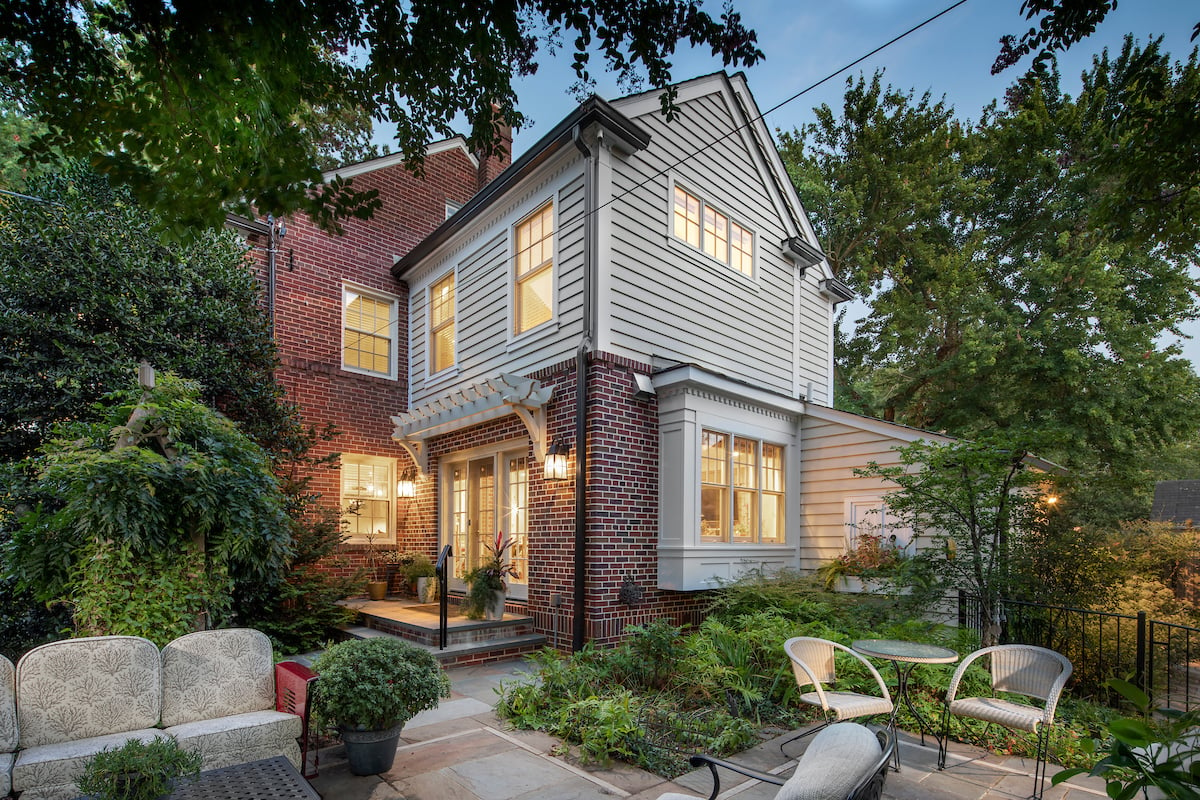
How can lot size affect plans for a home addition?
Why is lot size an issue with your potential addition? There are different rules in the states and counties surrounding metro D.C. but it all comes down to setbacks. How close can your house be to the property lines in the front, back, and sides of your home? In older neighborhoods, it might look like anything goes, but homes built after a certain time will have more strict setbacks than those who’ve been grandfathered in from longer ago.
A related issue is lot coverage. Your building envelope (the perimeter of your home) can cover only a certain percentage of the lot. Again, there will be different rules about this depending on what state and community in which you live. A very general rule of thumb is that lot coverage can be 35% of the entire lot size. But this varies, so your renovation partner will need to establish this before finalizing your addition design.
Also, if you put an addition onto your home, you will be required to submit a stormwater management – also known as a rainwater retention – plan to account for the permeable land surface you are turning into non-permeable surface.
Most plans involve a system where downspouts are fed into an underground cistern that then disperses the water into the surrounding area. A rainwater retention plan may also mean a rain garden, or a berm to slow the flow of rainwater from your property.
Trees will also need to be carefully managed. The design-build company you hire will need to know the latest ordinances on tree removal and replanting, along with regulations on heavy equipment related to root systems. Running a front loader too close to a tree’s root system can cause damage and even kill the tree. On one recent garage project we had to design a structure to protect tree roots before pouring a foundation. The slab floated above the root system, a thing of beauty and an engineering marvel. Work with a partner who knows the rules and can find creative solutions to manage zoning issues.
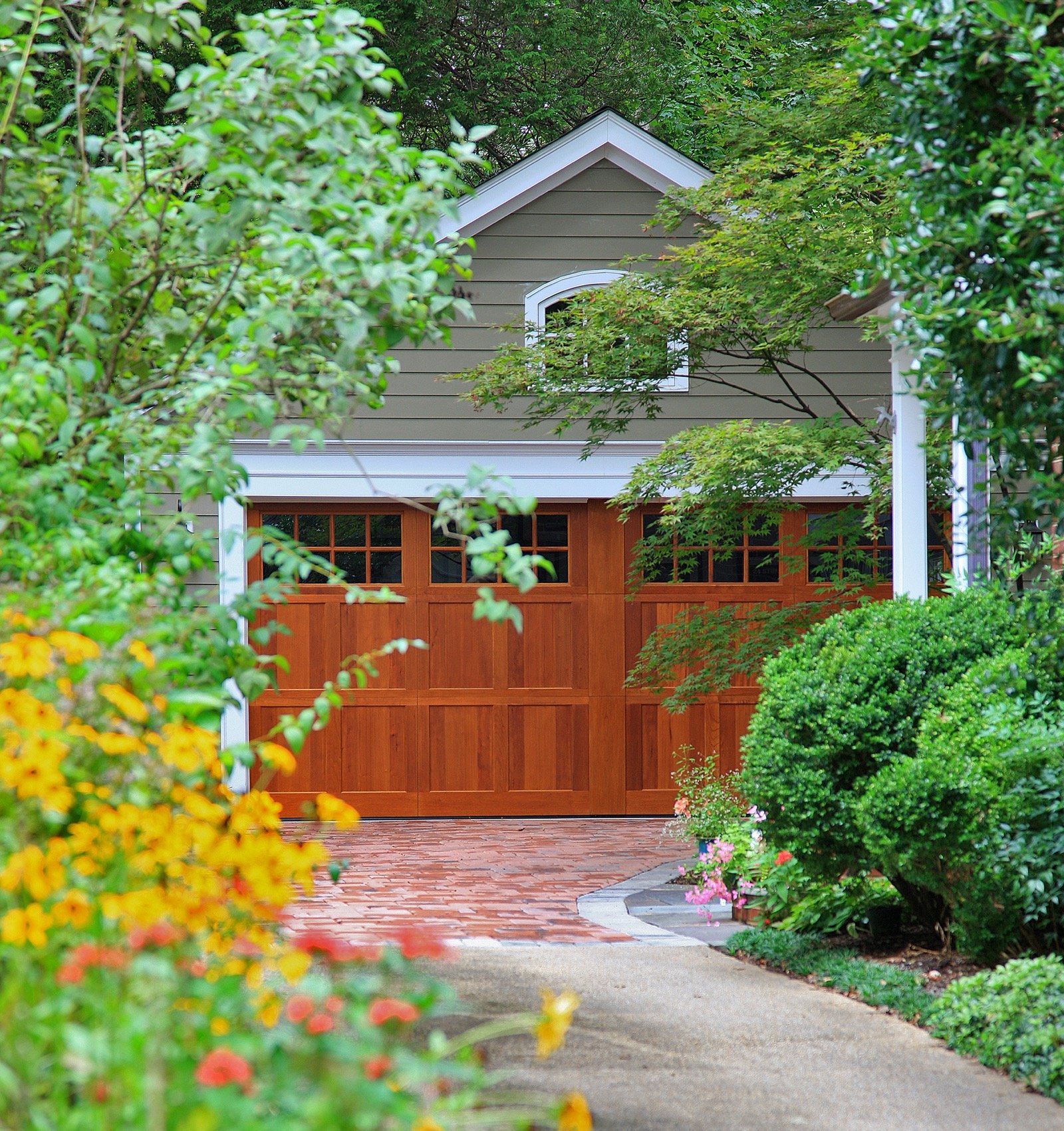
How Can Lot Configuration Affect Planning for an Addition?
Many homes are on a relatively flat rectangular lot facing one street, but not all homes have such a tidy lot configuration. Even if you have a more or less rectangular lot, a corner lot facing two streets has a “front” setback on two sides. But, if you have a corner lot, often you can declare one street-facing side as a backyard, which can give you a better setback line for your addition.
With a flag (L-shaped) lot, pie shaped lot, or a lot that slopes along the many rolling hills in this region, the setback rules may create challenges to the size and location of your addition.
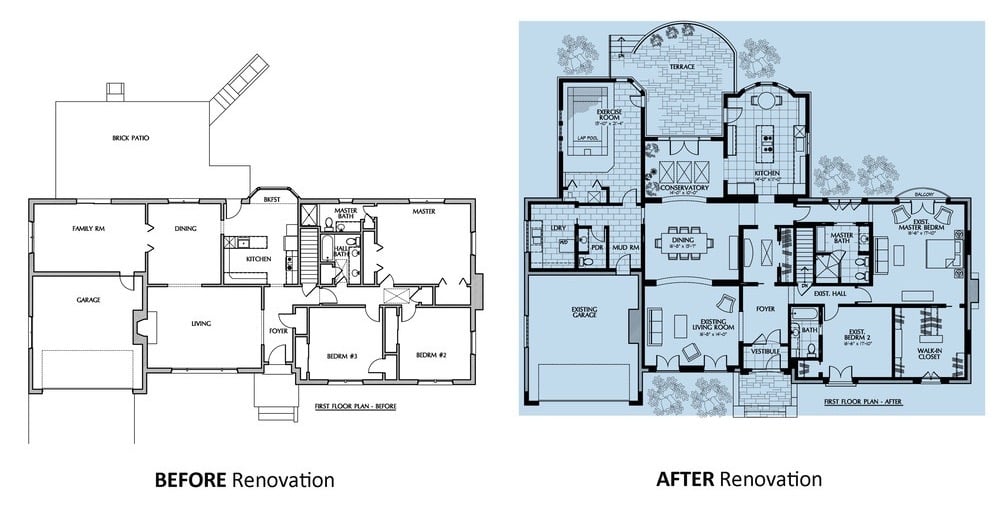

Can I Just Get a Variance?
If an addition falls outside the legal parameters set up by your home’s jurisdiction, you might wonder about filing for a variance. You might consider this if, for instance, your lot is oddly shaped, or an addition would be consistent with other homes in your neighborhood. Understand this is a legal process, with absolutely no guarantee that the outcome will be in your favor. If you do go that route, you will want to hire legal representation to navigate the process.
My Home is In a Historic District. What Do I Need to Know?
It is not hard to find out if you live in a historic district. D.C., for example, has six districts. The rules around historic preservation deal only with exteriors. Each district will have rules regarding exterior surface colors, types of windows and doors, trimwork – anything visible from the exterior on the front, sides, and back of the home.
The inside of your home can have all the modern conveniences, even in a historic district. The exterior work may cost more as original materials like slate or traditional wood windows can often be more expensive to purchase and install.

Should I just Tear Down and Start Over?
This is a lot to think about. Would it be easier to just tear down and start over? There are reasons you might consider a teardown, especially if an addition won’t solve all or most of the issues that will make your home an ideal place to live for the foreseeable future. If an addition is the ideal solution, that will be the more economical choice, and take much less time than a teardown and new home construction.
An elderly client was weighing the two options. We told her that permitting for a teardown and new construction could take twice as long as a renovation. Whereas, an addition would be accomplished on a much shorter timeframe. We all got a good laugh when the client said, "Well, we're doing the renovation. You want to make sure I'm still here to enjoy it!"
Knowing the Rules from the Beginning Saves Time and Money as You Plan Your Addition
Planning an addition that delivers on the style and functionality you are looking to achieve is incredibly satisfying. When you work with the right design-build firm, the zoning and historic district guidelines will be handled by the professionals during the design phase, and the results will be a beautiful home that meets you and your family’s needs.
To learn more about the home addition design-build process, download our eBook titled "How Gilday Renovations Integrated Team Delivers the Home of Your Dreams" to get an in-depth understanding. If you are considering a home renovation, please feel free to schedule a home renovation discovery session with Gilday today.
8820 Brookville Road,
Silver Spring, MD 20910
© Gilday Renovations 2025
info@gilday.com


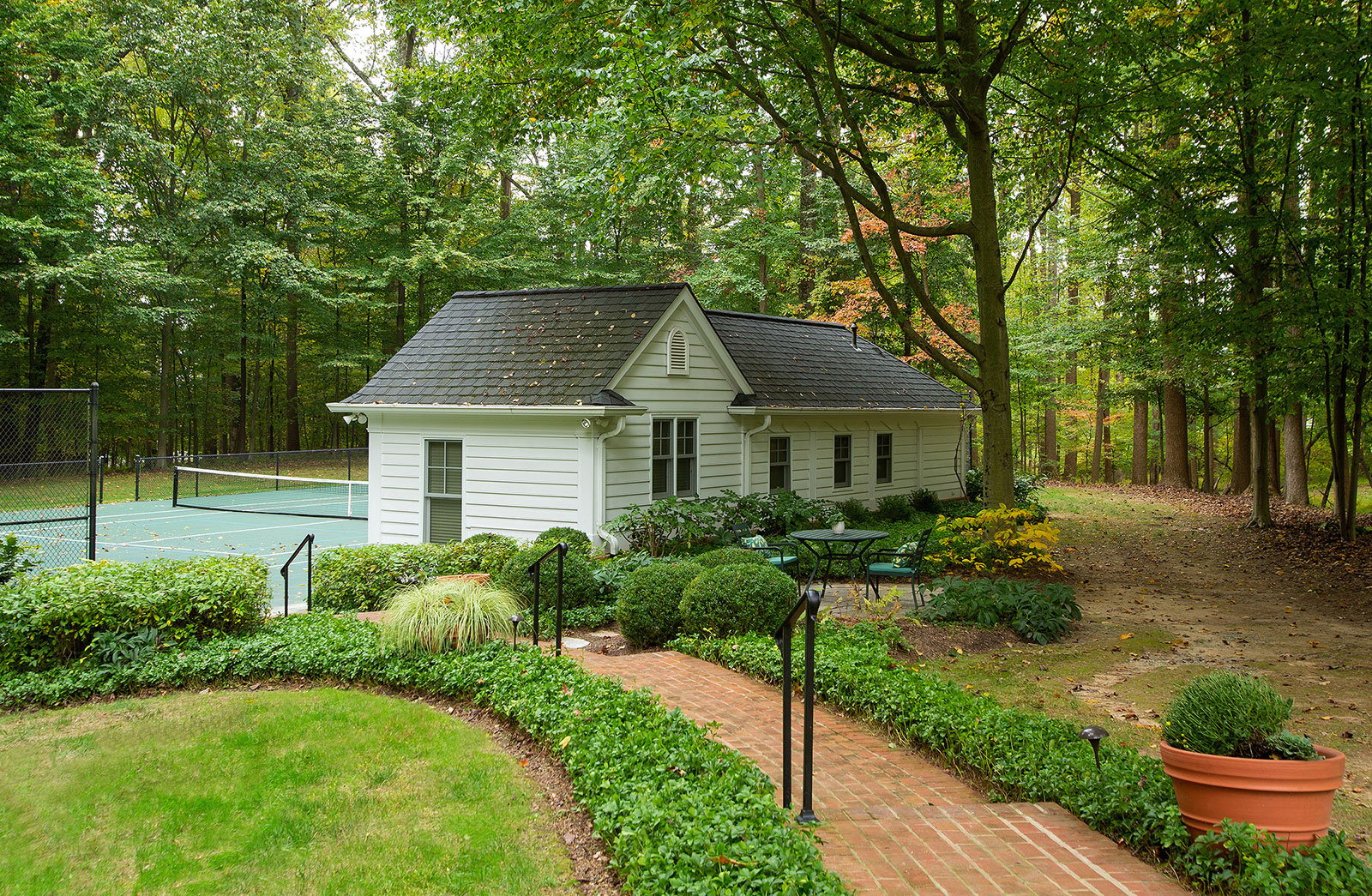
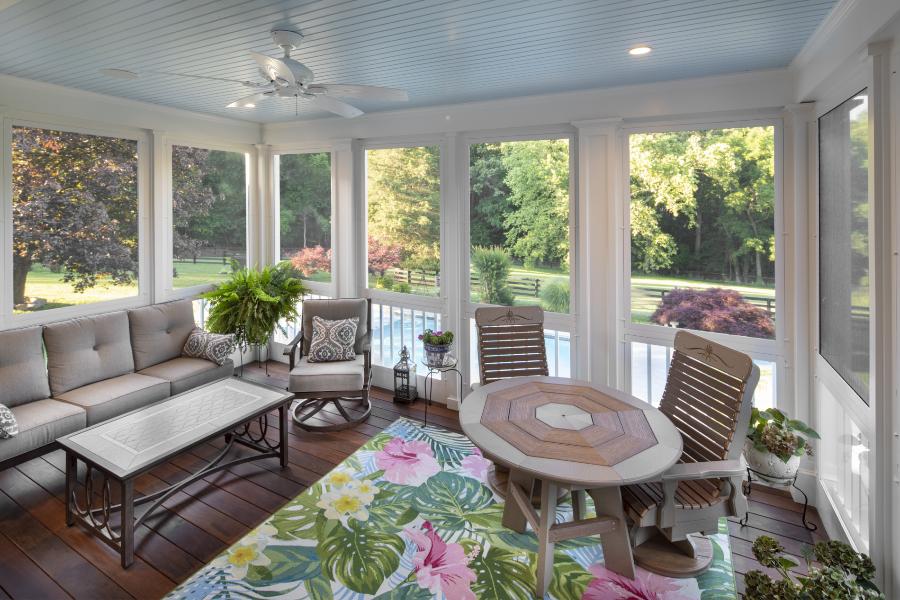
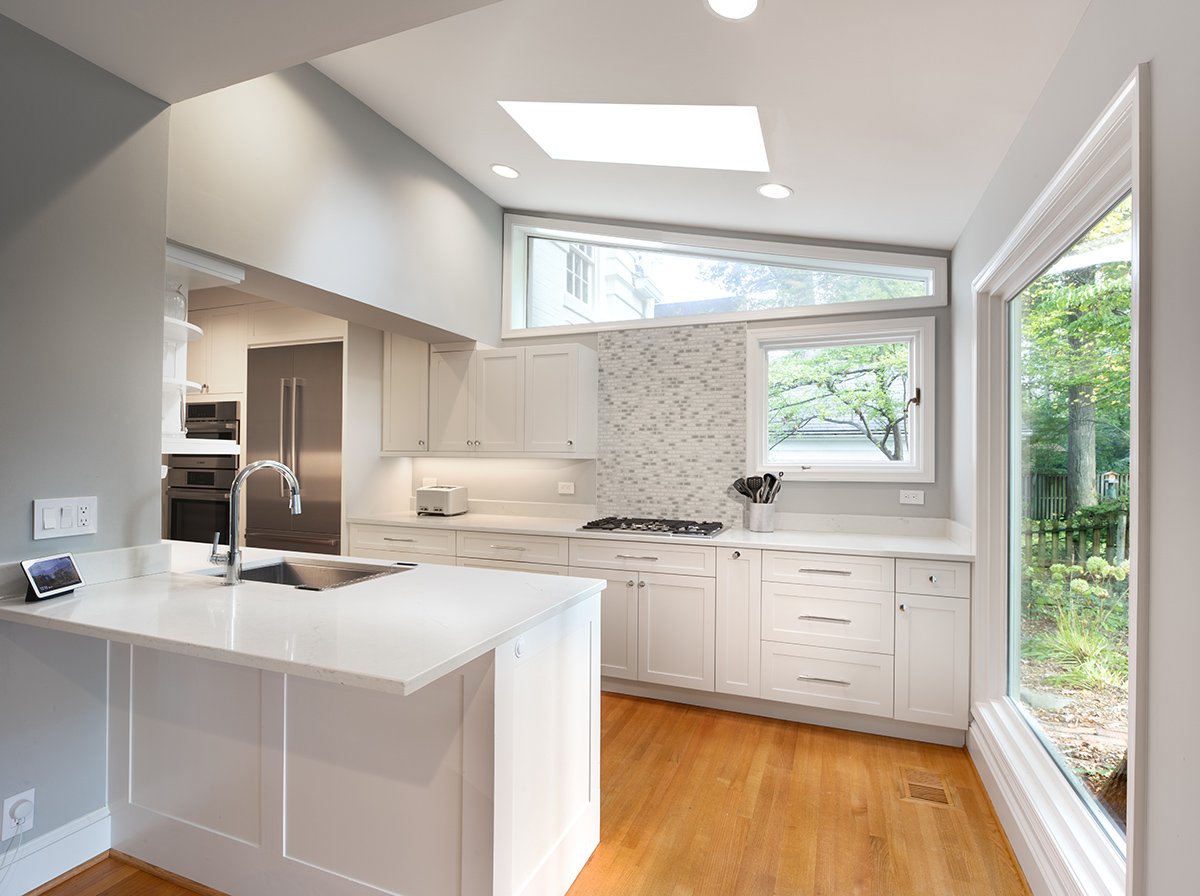
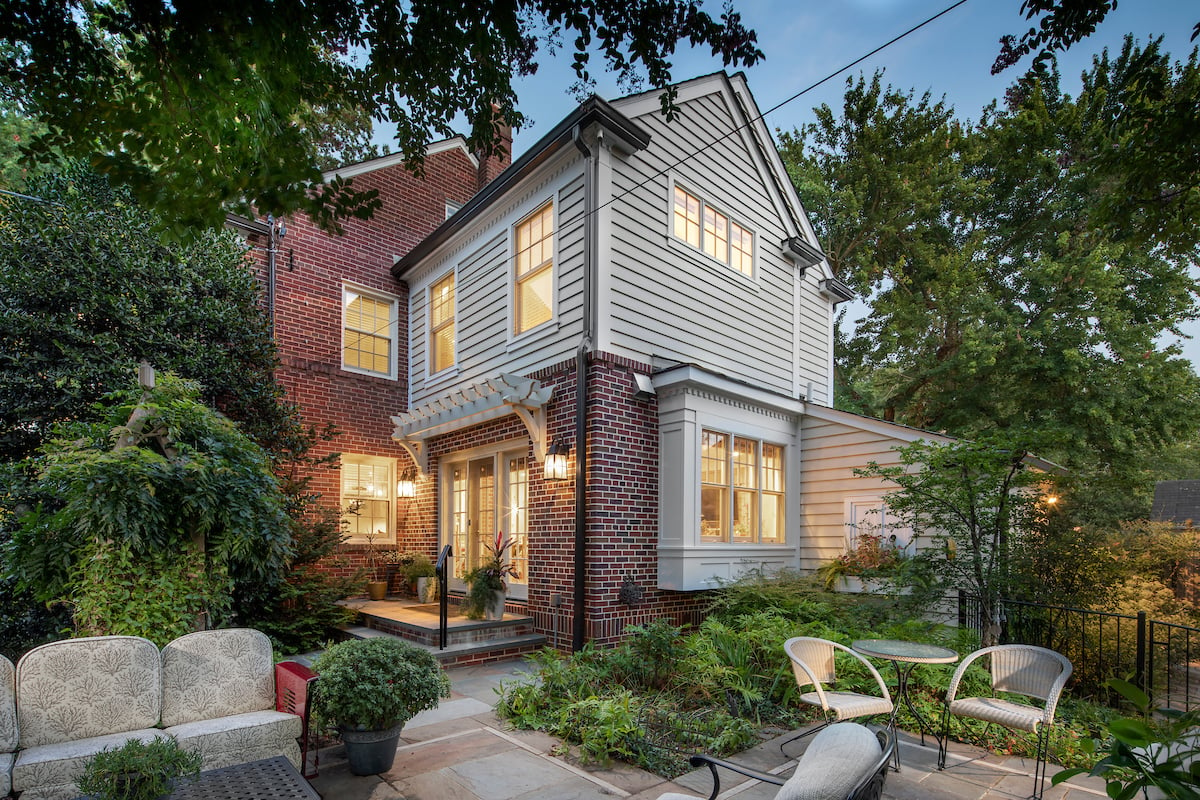

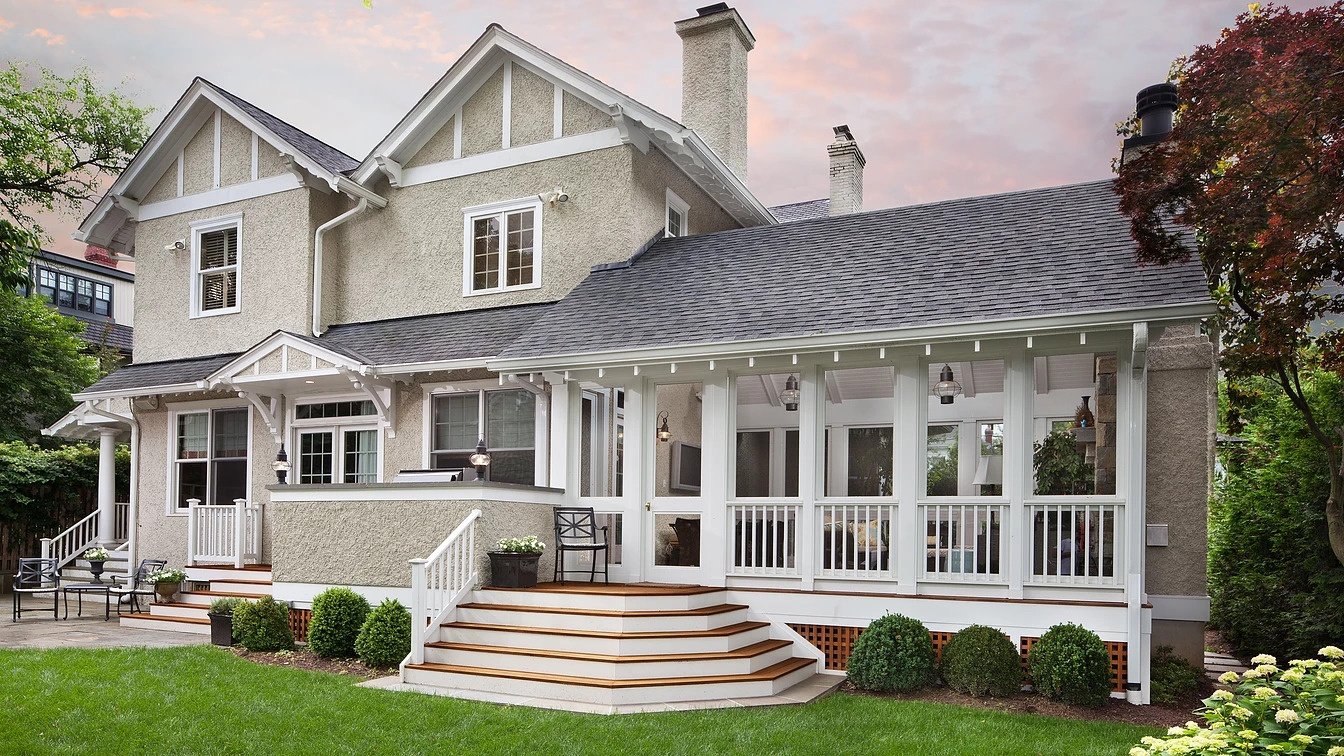
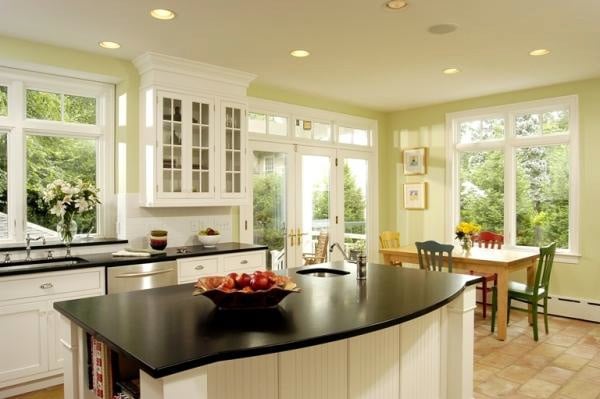
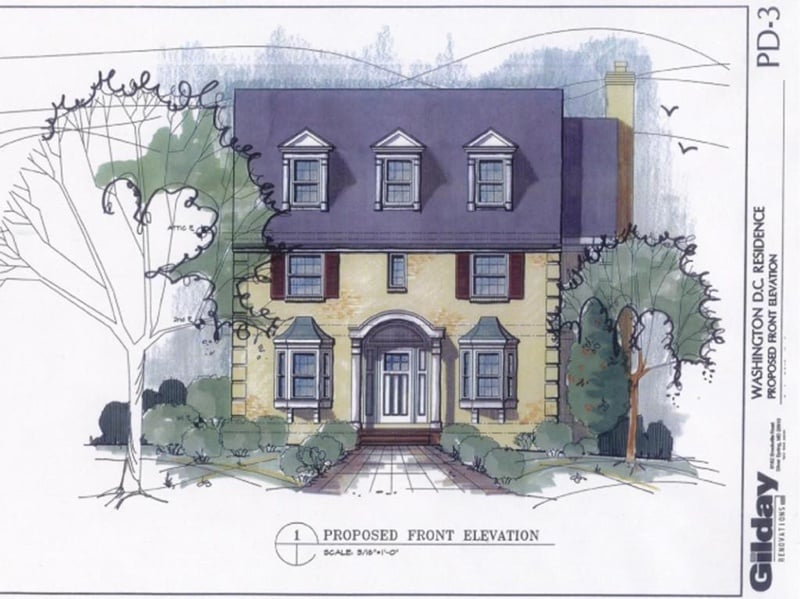
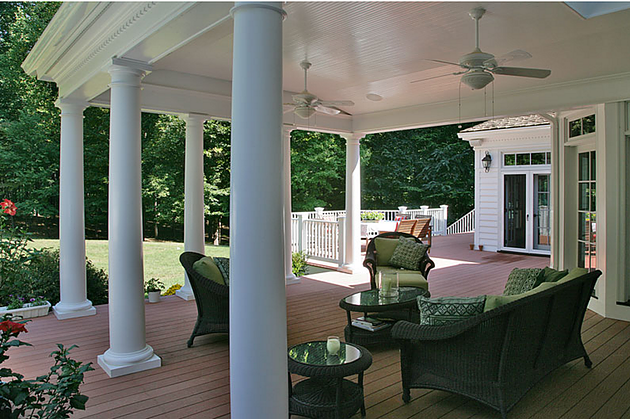
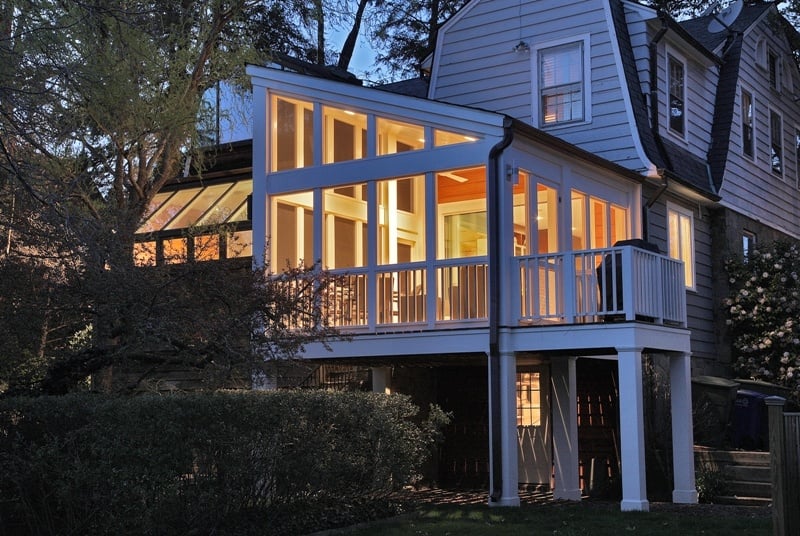

Leave a comment